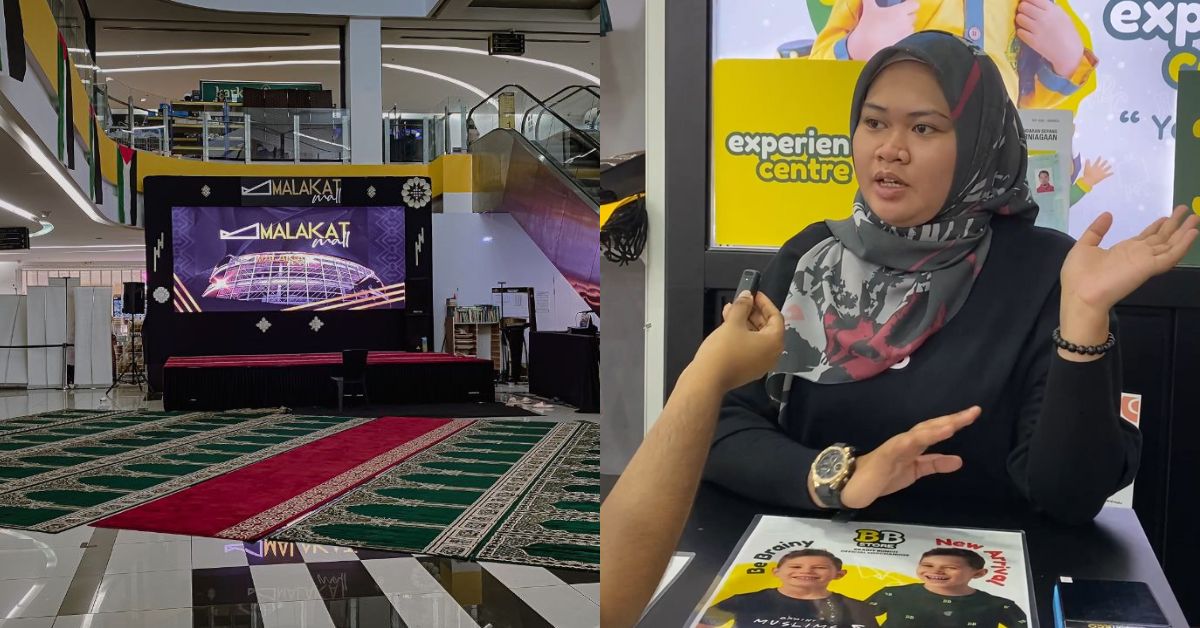This week, Kshitij (K) Minglani stood on the stage at the Wild Digital SEA 2022 and shared his scaling insights as a co-founder and CEO of LottieFiles.
Founded in 2017, LottieFiles is a Malaysian and US-based platform simplifying motion graphics via tools to create, design, edit, test, render and/or display animations for websites, apps, and the like.
The company was funded by 500 Global in its early days, raised US$9 million led by Microsoft during the pandemic, and US$37 million for its Series B led by Square Peg Capital. It also acquired an Indian design asset marketplace in 2021 for an undisclosed sum.
If you’re using any of the top 500 apps on the app store, you may have come across Lottie animations in the little motorcycle motion graphic that pops up when you order on GrabFood.
To date, LottieFiles has at least 135,445 companies worldwide using its animations, according to K.
In his 15-minute presentation, K highlighted five points in scaling a SEA startup which he believes condense takeaways from startup books and podcasts, saving entrepreneurs their time.
1. Identify where the profit pool lies in your industry’s value chain
To start a company, you’d obviously have to pick an industry to tackle. Map out the value chain, and find out where the profit pool lies, K stated.
Elaborating on his point, he used SpaceX as a case study.

The profit pool in SpaceX can be found by breaking down its value chain including the manufacturing of parts, the brand itself, the reusing of rockets, satellites, and space travel.
“Where do you think the profit lies?” K asked the audience.
“The profit actually lies in the satellites,” K pointed out. “That’s why you’ll see Elon Musk launching more satellites into space, to first establish an infrastructure.”
K looked to the car industry as his next example, posing the same question to the audience.
“Where do you think the profit pool lies, OEMs, the car parts, the guys actually manufacturing cars like BMW and Mercedes, car dealerships, secondhand sales, or financing?”
He paused, then pointed out that the profit pool is in secondhand sales, which is why companies like Carsome are thriving.
K shared that the day LottieFiles figured these things out, the team mapped out the entire industry of motion design and learnt that the profit is in monetising the workflow of animation.
2. Find your product-market fit, then diversify into more industries

Product-market fit (PMF) isn’t binary, K explained that there are three stages to finding it.
- PMF: Usage cohort (How often does the customer come back?)
- Scaleable PMF: Spending cohort (How much does the customer spend with you?)
- Profitable scaleable PMF: The unit economics of a customer (How often and how much does the customer come back to spend on you?)
K shared that every startup must know the answers to these questions. “If you’re a startup that claims to have all three, you’re probably lying, or you need to expand into another product,” he expressed.
On expansion, he pointed to successful products which have diversified into other industries when they’ve hit a ceiling with their PMF.

Examples include Oreos diversifying into cookies and cream ice cream, Duracell batteries rolling out flashlights, and Samsonite going from travel luggage to winter clothing.
3. Make it difficult for customers to jump ship
K pointed to the concept of MOATs, which he said are going to help you build your venture and scale it.
Did you know: MOAT stands for Measurement and Operations Analysis Team. It is a startup’s ability to maintain a competitive edge that is expected to help fend off competition and maintain profitability in the future.
“MOATs are nothing but a sustainable competitive advantage, with the keyword being sustainable,” K reiterated.
Looking at Amazon, K pointed out that Jeff Bezos was known to say, “customers first”.

“Their first MOAT was customer love, they followed up by building large warehousing, then logistics, then a marketplace that cannot be beaten, followed by an AI recommendation engine, then Amazon Basics,” K detailed.
“If you were to find a T-shirt on Amazon today, you’ll end up finding ⅓ of the costs which is sold by Amazon Basics because they have the data. Their MOAT is data, logistics, and warehousing.”
Meanwhile, TikTok’s first MOAT was the network effect, followed up with data recommendations.
For an SaaS company, the MOAT is switching costs, referring to the costs a consumer pays as a result of switching brands or products.
On LottieFiles, K reported that millions of animations live on the platform, and if customers were to view that animation, they’d need the platform to do so, making the switching costs really high.
Summing up this section, K stated that building a MOAT always takes time and cannot be built in a day.
4. True competition isn’t another brand, it’s the entire industry
Find out who your company’s true competition is. K highlighted that it isn’t necessarily a different brand, but the larger, core problem of the industry.
When customers think about Grab, their frame of reference is a ride-sharing service. Grab’s value proposition is that it’s cost-effective, hassle-free, and reduces carbon footprint.
“But looking at Grab as an industry, its true competition is neither of these. It’s car ownership,” K detailed. “They’re competing with you not buying a car, not Uber, Lyft, or taxis.”

He likened it to LottieFiles’ industry of motion design, where its competition is the complexity in motion design.
“Our true competition isn’t sitting in China or India, it is the difficulty of the task,” K recalled, adding that this turned into the brand’s marketing message which is simplifying motion design.
At this point of his talk, he shared that these four concepts were what helped LottieFiles get to a global scale. But there’s one more element to their growth and story so far.
5. Being in Asia is an advantage to scale globally
K believes that most ventures that will succeed will come from the ASEAN region. Why?
“Look at the map. Where are the super apps today?” His slide displayed regions showing WeChat’s domination in China, and Grab’s presence in SEA.

The reason why super apps are built in Asia is due to three big advantages, he shared:
- Cost: US$100K in monetary value in SEA can go a long way due to the difference in the currency as compared to building a startup in cities like San Francisco;
- Cultural diversity: Ventures in SEA must solve varying micro and macro problems for different needs in regions from Thailand to Indonesia;
- Community: The communities in Asia are said to be very strong, where word-of-mouth spreads.
When LottieFiles figured out that being in Asia was an advantage, they started building it in Malaysia.
“LottieFiles has a community where creators on YouTube talk about us in a way that our customer acquisition [cost] is down to zero,” K reported.

Thus, reiterating all the factors he stated, K is confident that startups in Asia have the ability to become globally-renowned companies in the future.









